In any event, I like watching these open-wheeled creations driving on “road” courses, some of which are largely made up of actual roads. This is really the only type of racing I have found that I really enjoy all that much. I just haven’t found the other types all that interesting, although that might be because I don’t enjoy the TV coverage, which seems to me to emphasize “excitement” of crashes, rather than skill and strategy. And, I don’t find oval tracks exciting (although they probably are for the drivers).
Perhaps it’s the international aspect of Formula One, as only rarely is there more than one race in a given country, which creates some types of challenges. Or, maybe it’s because of the great variation of tracks from the streets of Monaco and Singapore, to the forests of Belgium, to the hills of Texas. I really can’t pin it down, I just find it exciting to watch the teams deal with changing weather conditions (they do race in the rain, as well as the dry), a variety of times of day (the Singapore race, for example, is run at night), the skill and strategy of dealing with pit stops where the car is stopped for only a couple of seconds (Yes, that’s literally true!), or the need to choose when to use a different grades of tires (and using more than one grade of tire is required in each race).
I know some folks find Formula One boring because there are relatively few crashes and there isn’t always a lot of passing, at least at the front. Still, I enjoy watching the excitement of the fans present at the races, the skill of the entire team, the strategy involved, the excitement of the in-car camera shots which put one right in the car with the driver and the passing which does occur in most races, even if it isn’t for the lead. In one recent race, the driver who started dead last finished in second! That required some great driving. Of course, I could be prejudiced because that driver was Sebastian Vettel, driving for Ferrari.
It also may be, in part, because each team enters two cars and, while the individual driver’s championship is important, the team championship, based on the season-wide success of both of the team’s cars, is probably more important to the team. This means that one could imagine a situation where a driver wins the driving championship, but his team doesn’t win the team one. In any event, I like watching it all; practice sessions, qualifying and, obviously, the races, themselves.
The F1 season begins about the middle of March and lasts until late November or early December with a race, roughly, every two weeks, although some of the European races are only a week apart. This year there are twenty-one races, each in a separate country. So far, twelve have been run and we are now in the August break where there are four weeks between races, which may account for this post, as I am in withdrawal. This means that the races are often at odd times (for me locally) so I am very glad to be able to DVR them so I can watch at a time when I am awake. That has not always been the case which has required some late nights and early mornings in the past.
Anyway, it’s almost time for the mid-season break to end, and I’m excited! The Belgian Grand Prix at the legendary CIRCUIT DE SPA-FRANCORCHAMPS will be run this weekend (based on my planned posting date). The last race was the Hungarian GP, which was run on August 4 at the Hungaroring.
Like most fans, I get some of my pleasure from rooting for a specific team (and some, specific drivers). I my case, I am a fan of Ferrari, what they call a “tifosi.” That’s an Italian term which literally means “those infected by typhus,” in the sense of someone acting in a fevered manner, but it has become common to use the word “Tifosi” to refer to the supporters of Scuderia Ferrari, which is the official name of the team from Ferrari. It would translate to “Stable of Ferrari,” or something like that in English. There are other teams which I don’t object to seeing win, but Ferrari is my team. Here’s a not very good “selfie” of me as a tifosi.
I confess that I also have favorite drivers. That really began while Michael Schumacher was driving for Benneton and continued after he joined Ferrari. Michael retired from Ferrari in 2006, but returned to driving with Mercedes in 2010, when that team reentered F1 after a fifty-five-year hiatus. He retired from driving for good in 2012. Unfortunately, he suffered a serious head injury in a skiing accident in 2013 and has withdrawn from public view, although he is not forgotten.
Anyway, the Belgian Grand Prix will soon be upon us on the Circuit de Spa-Francorchamps (pictured below:
To my disappointment, Mercedes has been fairly dominant for the last, roughly, five years, with Lewis Hamilton as the leading driver (Driver’s Champion for four of those years), which isn’t terrible as he is a really great driver, but I still, mostly, root for Ferrari (Maybe next year?). My only real complaint is that when any one team becomes too dominant, the races are a bit less exciting. Still, some interesting “battles” can develop behind the leader which can be quite enjoyable to watch as people “fight” for other places. As I said before, In this year’s Grand Prix in Germany, Sebastian Vettel, driving for Ferrari, started dead last (due to mechanical problems during Qualifying) and ended up placing SECOND! That was exciting to watch. With nine races yet to go, there are still possibilities for some interesting viewing.
At the moment, Mercedes has a good lead in the Manufacturer’s race, but Ferrari and Red Bull, at least, are still in the hunt. For the drivers, Lewis Hamilton (Mercedes) has the lead, but Valtteri Bottas (his Mercedes co-driver), Sebastian Vettel and Charles Leclerc, the Ferrari drivers and Max Verstappen, of Red Bull, are still in a position to challenge.
Well, I’ve probably dragged this out too long, but I would encourage anyone to give F1 a try. The US, Mexican and Brazilian GPs are all coming up this fall and will be at times when you won’t have to record them to watch at a decent hour. F1 coverage is usually on ESPN2, although it COULD be on other ABC-owned channels since they are (relatively) local. You just might enjoy them.
If I’ve interested you, I recently learned about a ten-part documentary series on NETFLIX called Formula 1: Drive to Survive, which covers some of the events of the 2018 F1 season. It may be focused too much on details of the business of F1 for many, but I’m enjoying it. And, while at this point I haven’t seen all of it, it is helping me survive the summer break.
I’ll be back in a couple of weeks.
LLAP

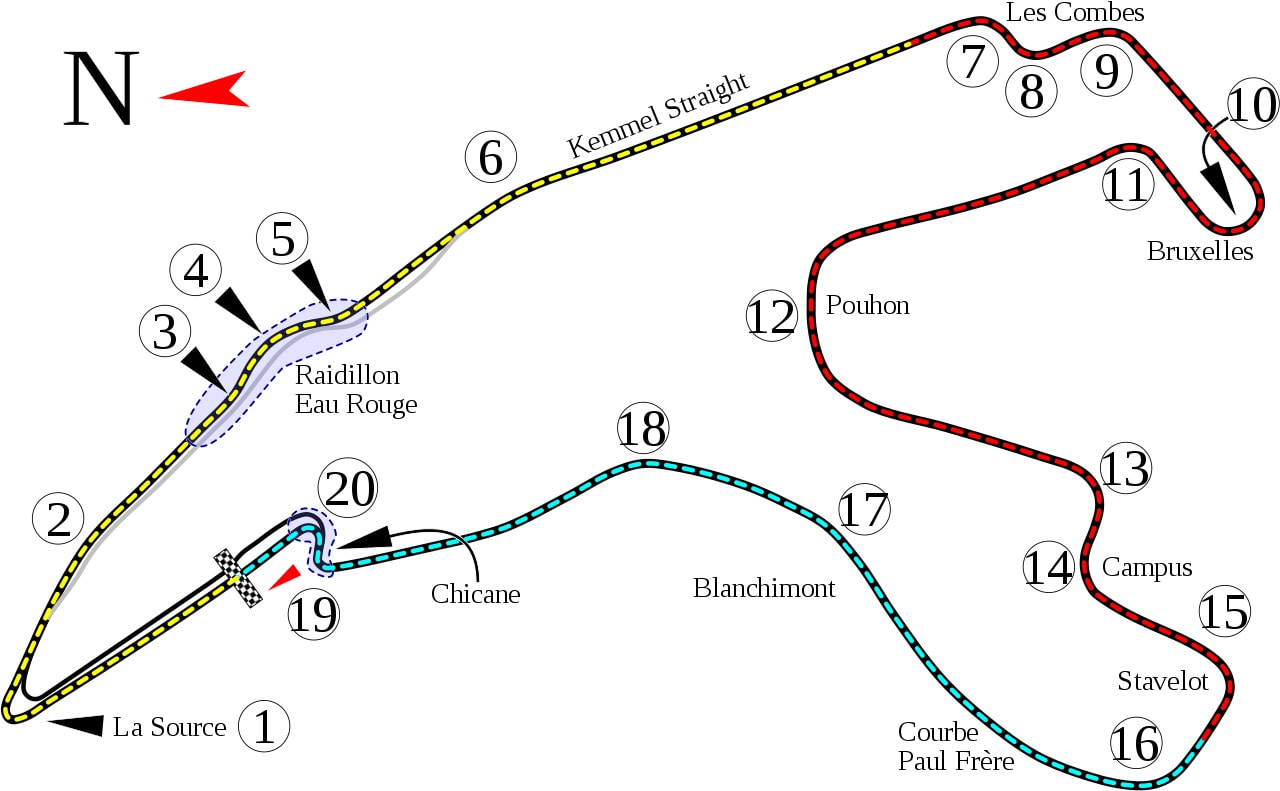
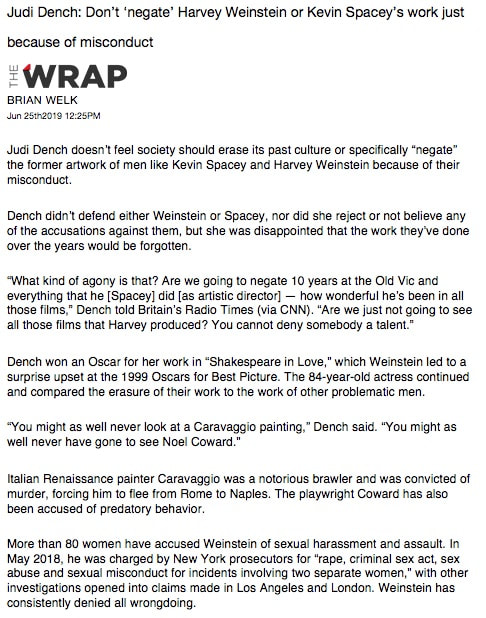


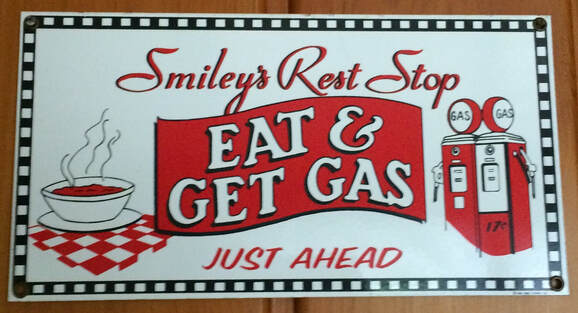



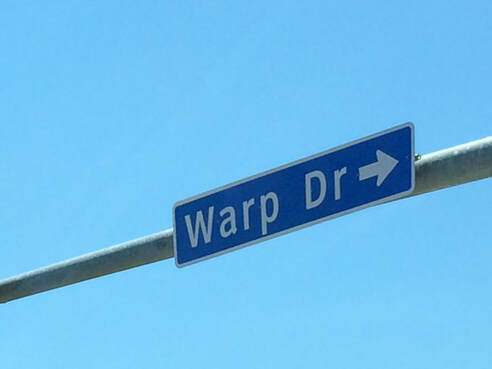
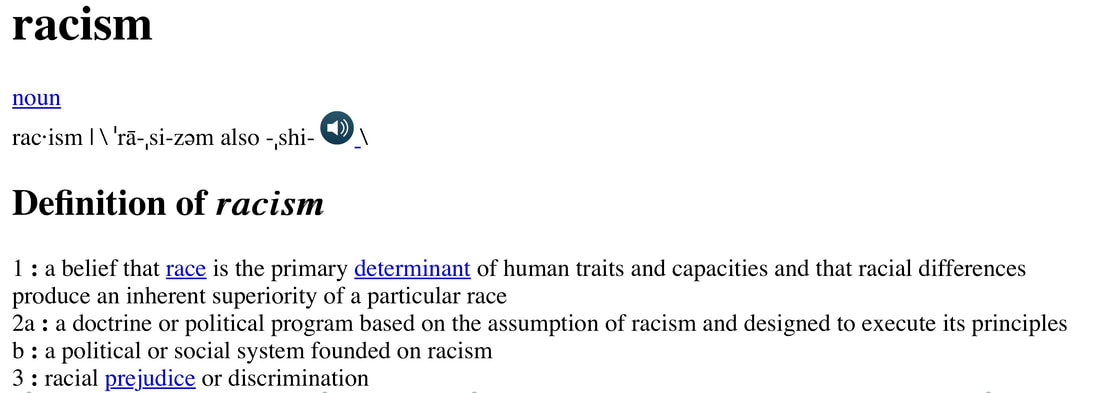
 RSS Feed
RSS Feed